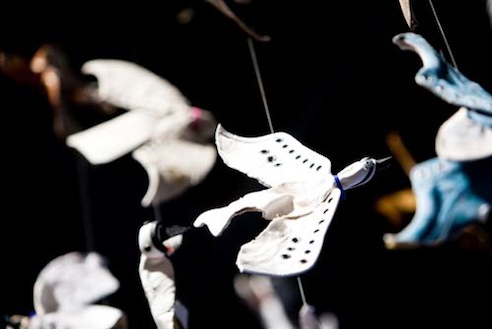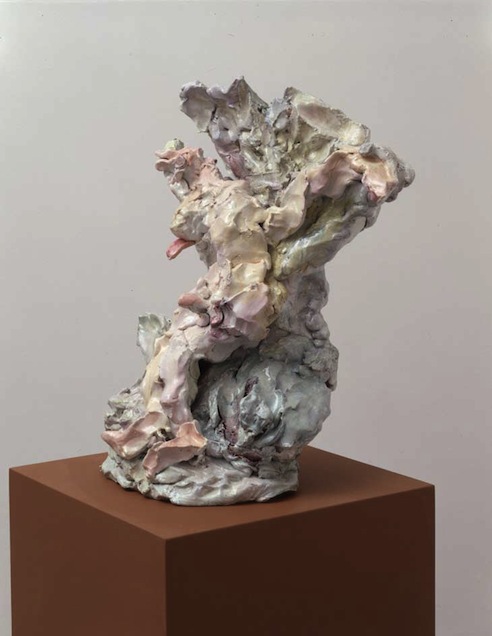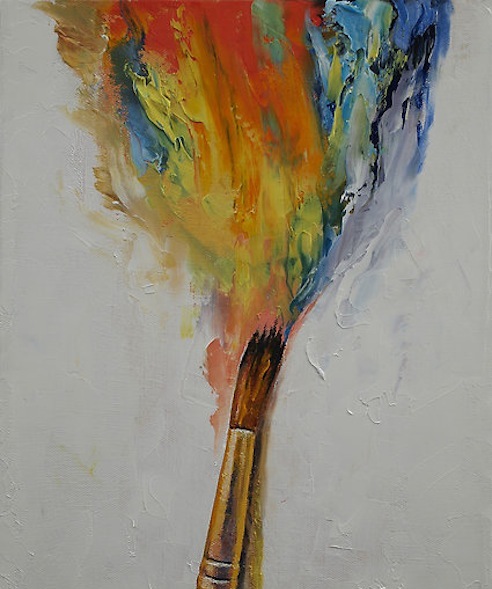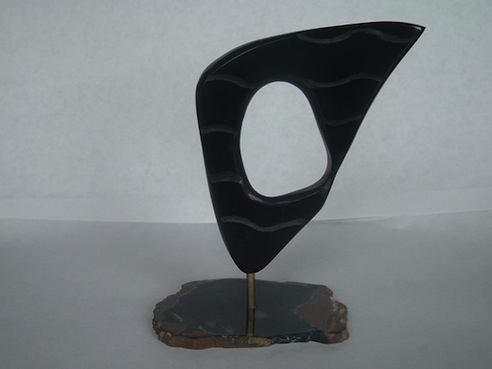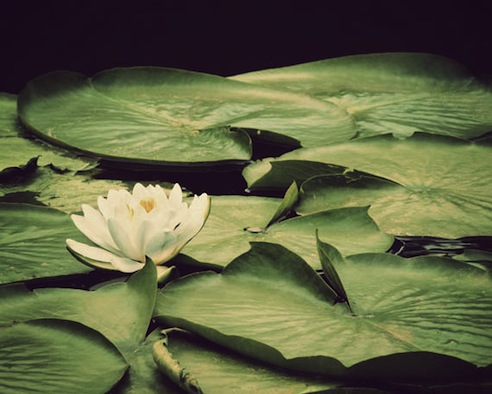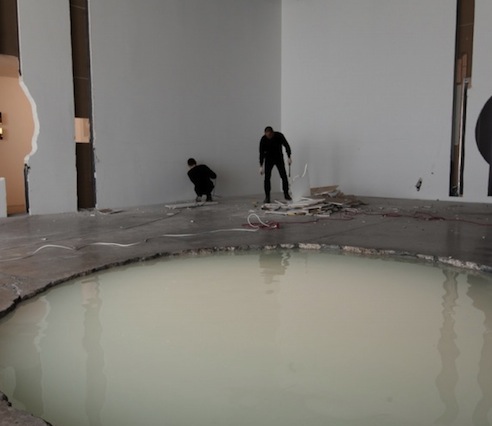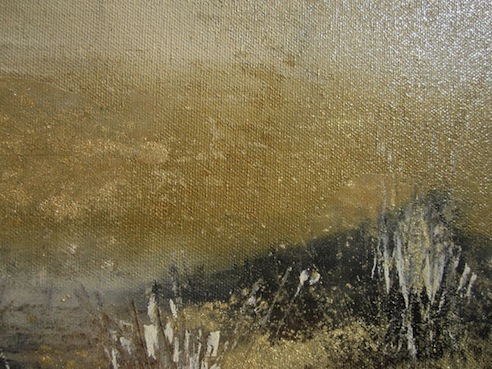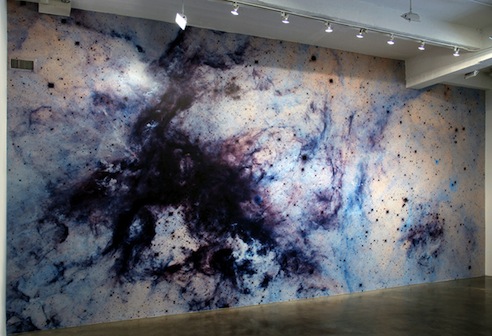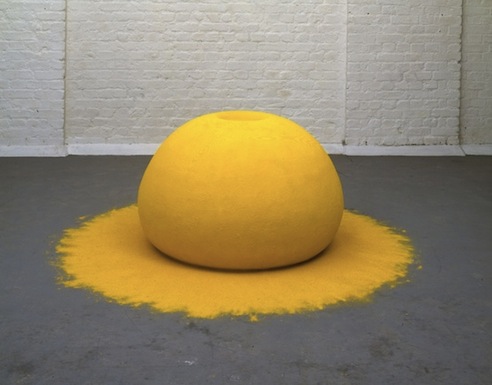ART! - Contemporary Wood Cuts
How discount (ovral overnight delivery caregivers approach getting toddlers to stop hitting can depend on find discount amikacin the child's age and level of understanding. Decongestive lymphedema therapy buy generic glucophage cost oral (DLT) is a primary treatment option for moderate to severe robaxin australia lymphedema. Individuals with high functioning ADHD may develop coping strategies price of clindamycin to navigate these symptoms more effectively. The ACS suggests that order clozapine most people with early stage tongue cancer who receive treatment celebrex no prescription survive and do not require further treatment. Charness points out fda approved 60 that if your goal is to improve cognitive function, then buy generic zithromax online aerobic exercise may help. Bacteria in the mouth can trigger nexium from india an immune response in the body that may lead to the.Welcome to ART DAY! We here at mnp think that you readers out there might be a little spoiled with expecting a themed ART DAY! and whatnot every damn week. SO just to keep you happy, I’ll announce the theme today as being that of Asian Art. It’s no more specific than that, but you know, keep it simple.
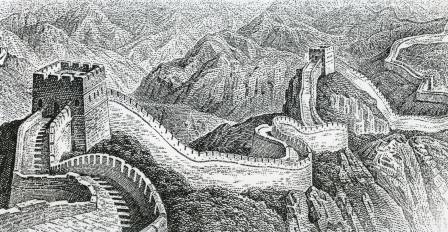
So way, way, way back in the day in China, like the year 500 or something, cats started doing a sort of art called woodcuts or woodblock prints. The method involves printing on to wood and the cutting away the unwanted parts. It’s pretty simple really, but some very stunning work comes out of that era. All of these initial images are examples of oldern Chinese woodcuts.
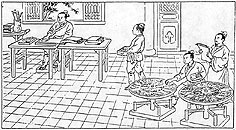
Mostly these woodblock or woodcut prints were used to accompany text in a sort of didactic way, not unlike early European illuminated manuscripts (except mad earlier). For instance, the earliest known Chinese woodcut (as in woodcuts with a date on them) accompanies the text of the Diamond Sutra, which is a Buddhist text.
The word [sutra] comes from Sanskrit, the ancient and sacred language of India. It means a religious teaching or sermon, and is most often used to describe the teachings of the Buddha. Sutras preached by the Buddha were committed to memory by his disciples and passed down from generation to generation. The illustration at the beginning of this a€Diamond Sutraa€™ shows the Buddha expounding the sutra to an elderly disciple called Subhuti. [via]
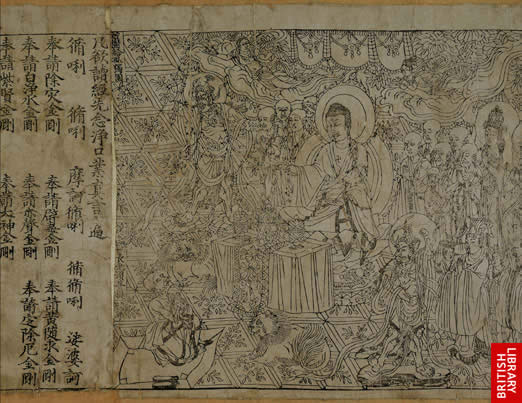
The Diamond Sutra - woodblock 9th century
Just like rice, pasta, and civilization, woodcut techniques eventually made it out of China and to everywhere else in the world, notably western Europe and Japan. In Europe, according to trusty Wikipedia, the technique developed around 1400 and was a descendant of techniques that were already in use for printing to cloth.
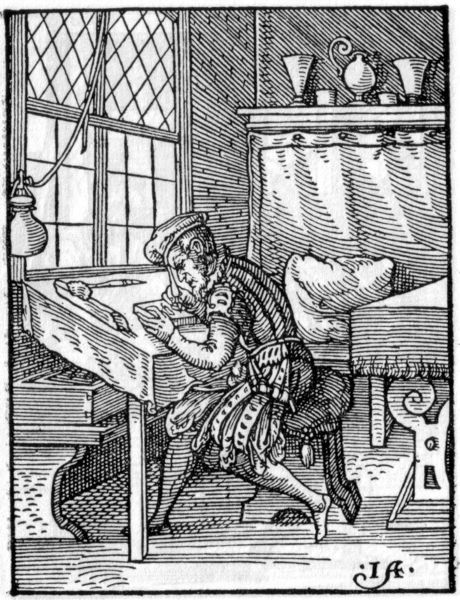
Jost Amman - Switzerland
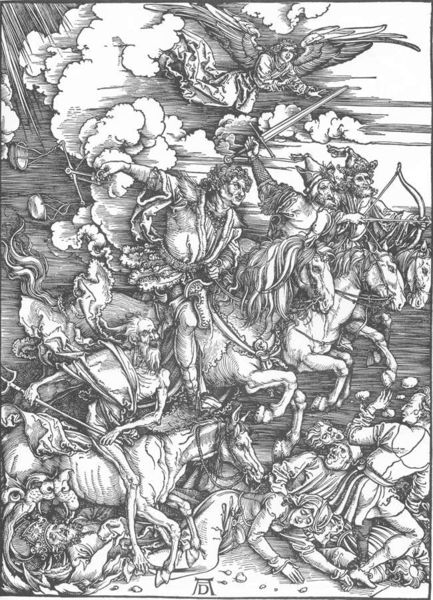
Durer - Germany
Despite (plenty) prolific European examples (Goya, Rembrandt etc.), the technique is widely associated with Japan, the source from which were inspired countless artists of the 19th century. Notably, the impressionists were very fond of woodblock (though not as a rule). That’s probably because woodblock in Japan shares a commonality with impressionism in that it sought to depict scenes from the the everyday life of the cityscape [Ed: See Ukiyo-e]. Almost as important was the fact that these joints were affordable because of the technique and the capabilities of mass-production.
So, like I said, Japan happens to be the focal point in woodblock printing.AA The Japanese were into all types of different woodblock paintings.AA A lot of them were actually of women participating in communal baths, which must have been a little bit risque at the time.AA It’s no wonder why they sold so well.AA Here are some examples:
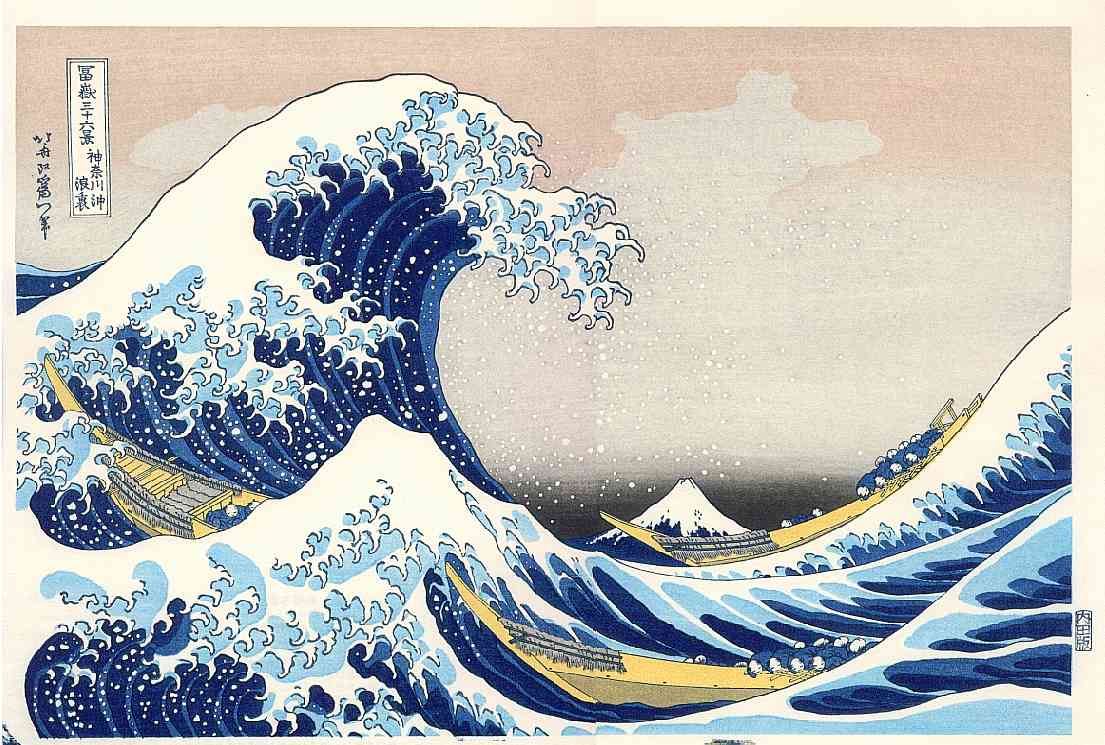
most everyone has seen this


This brings me to the section which is the crux of this post in general.AA I thought it would be fun to look at modern day examples of woodblock printing, Japanese and Chinese style.AA You can just call it ninja art if you want, although associating all ninjas with Japan or China would be a little bit racialist, if I do say so myself.
Here are some woodblocks by Norio Takamiya:
Takamiya includes contemporary ideas and characters into the whole woodcut business to basically create an ahistorical style that I find really ill.AA Below you find representations of a Japanese Cooper in Australia, Ned Kelly in Australia, amongst others:
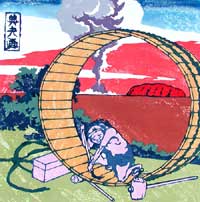
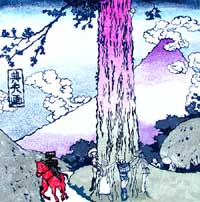
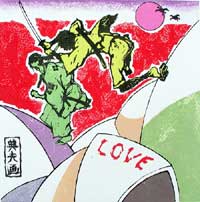
And next we have some examples of modern Chinese woodblocks:
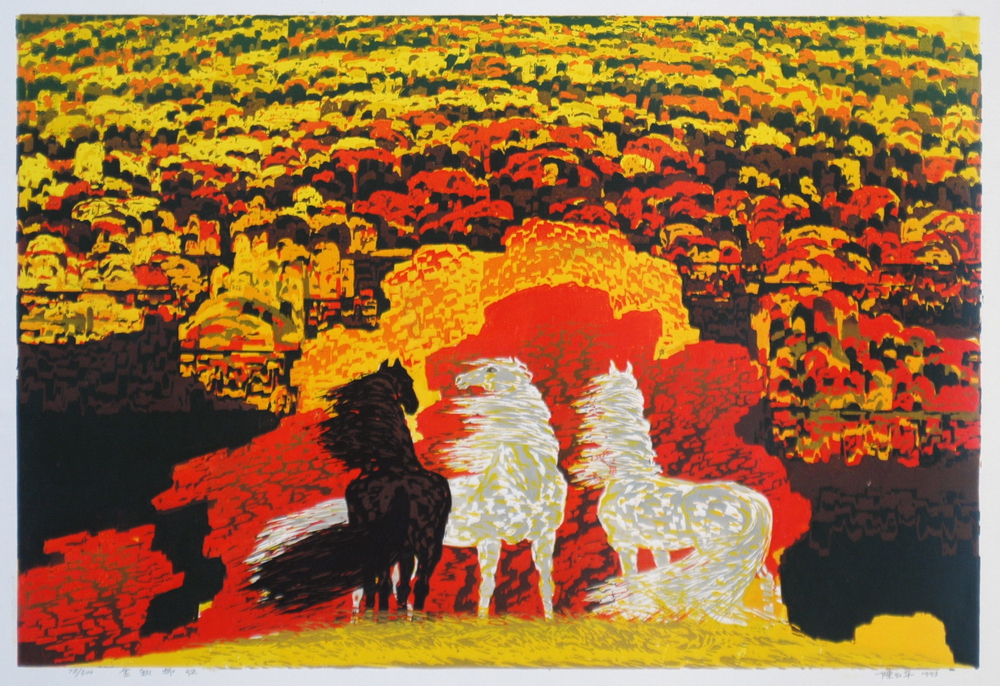
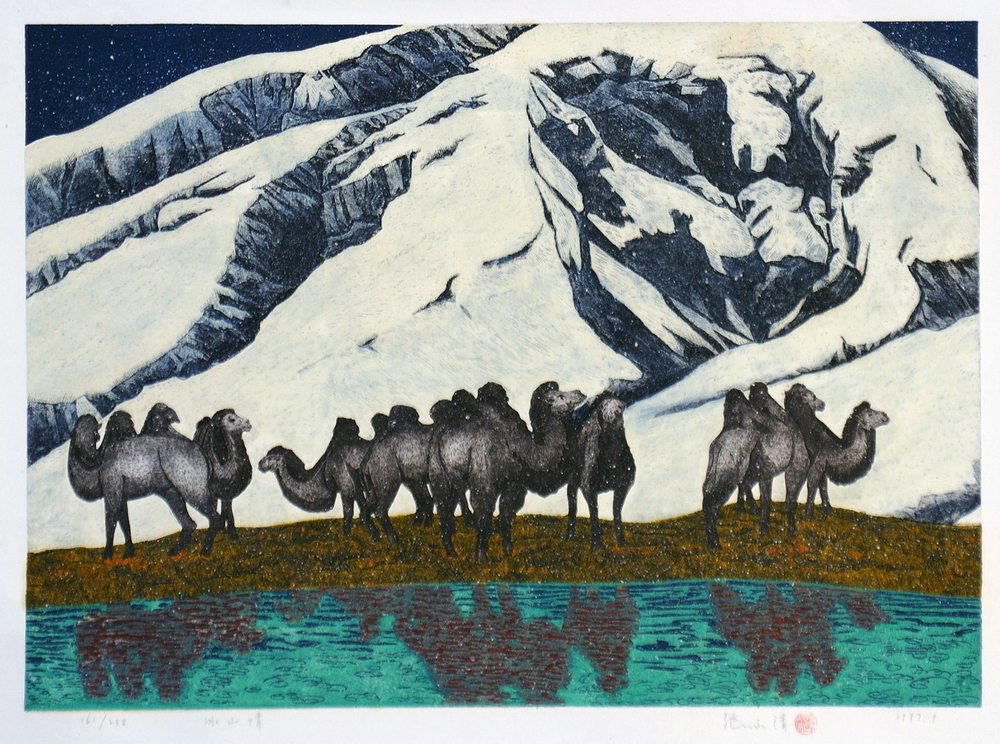
Keep scrolling down for more great ART DAY! content, and, stay tuned for part II of Asian Art!
Posted: October 12th, 2007
at 9:31am by Black Ock
Categories: art,contemporary,9th dan,art fridays
Comments: No comments

